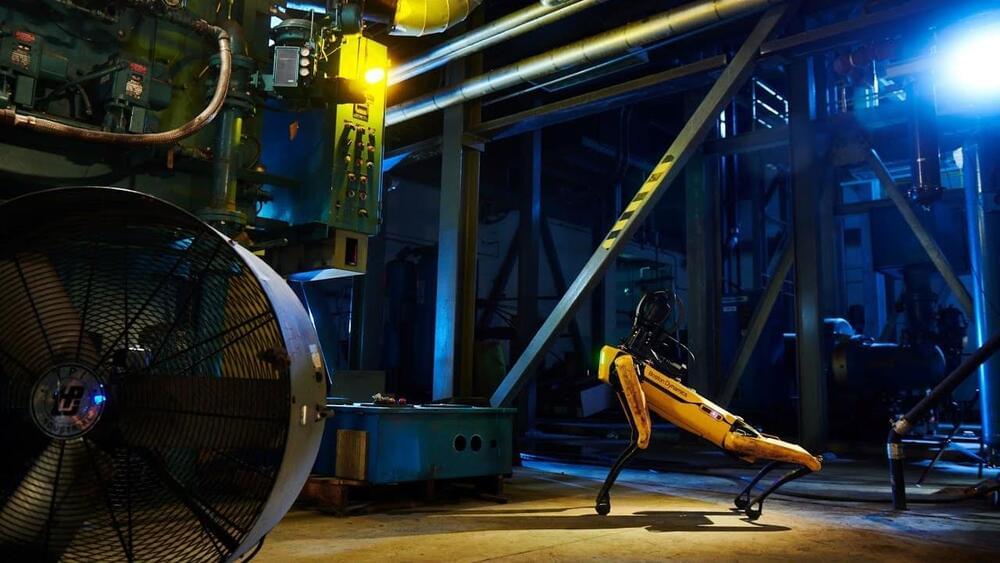We have achieved strong, fast, power-dense, high-efficiency, biomimetic, soft, safe, clean, organic and affordable robotic technology. Dumbbell weights 7 kg (15,6 lbs) 0 forearm with hand only 1 kg (2,2 lbs).
This artificial muscles robotic arm is operated by water and consumes 200W at peak. We invent and produce portable power supply and our own electro-hydraulic mini valves to have complete controllability of speed contraction and compress the whole powering system (for a full body) inside humanlike robot torso.
At this moment our robotic arm is operated only by a half of artificial muscles when compared to a human body. Strongest finger-bending muscle still missing. Fingers are going to move from left to right but they don’t have muscles yet. Metacarpal and left-to-right wrist movement are also blocked. This version has a position sensor in each joint but they are yet to be software-implemented. We are going to add everything mentioned above in the next prototype.
The movement sequence was written and sent by simple commands to a hand. We wish to develop a platform for reinforcement learning purposes, prosthetic arms and ultimately a full humanoid robots to serve people for fun, as butlers, cleaners, chauffeurs, construction workers (also in space) and even achieve human immortallity by transplanting the brain into the machine.
If you want to see updates on the project, please share, like, comment and hit that subscribe button. You can also support us directly on Patreon:
https://www.patreon.com/automatonrobotics.
Wesprzyj Rodaku nasz projekt na Patronite:
https://patronite.pl/LukaszKozlik.









